Back in 1990, French engineer and sociologist Abraham Moles wrote Art et ordinateur, announcing a radical transformation in how art is made. Computers, he claimed, would become the artists of the future, delivering the artistic goods and services humanity needs. A pioneer of artificial intelligence in art – when the term was still scarcely used – Moles insisted this shift shouldn’t scare us. It was simply the natural order of things: “The artist will not be replaced by machines, as is happening to accountants and factory workers, because the artist has always been a machine – one that creates visual, auditory, and literary forms [...] One could say that their function won’t disappear, but rather, will be displaced.” Imagining a deep symbiosis with generative systems, Moles suggested the artist’s role would become more cultural than creative. They would ensure a context for dissemination and communication of works produced by machines. Today, we’d say the artist becomes a curator.
Moles’ prediction – a fusion of cybernetic utopia (a hot topic since the late 1950s) and the revolutionary promise of digital tech – still feels strikingly bold. It flies in the face of the romantic ideal of art. And yet, every day brings new experiments showing how AI is not only transforming creative production by automating techniques and workflows, but steadily infiltrating markets and institutions. We now regularly hear of AI-generated works being auctioned off, sparking a strange unease and thorny questions – about aesthetics, ethics, authorship, law, and power. Art schools and universities are increasingly anxious about how artists, students, and researchers are using these ever more capable generative tools. So what if, as Moles proposed, art really can be automated – reduced to a prompt typed into a neural network?
Here are ten books to help navigate the complex relationship between art, design, and artificial intelligence. Read them to hear from artists who work with AI – or push back against it. Not to settle the debate or reach flimsy certainties, but to seize this epochal transformation as a chance to rethink what art means in a technological society.
Sofian Audry, Art in the Age of Machine Learning, MIT Press, 2021
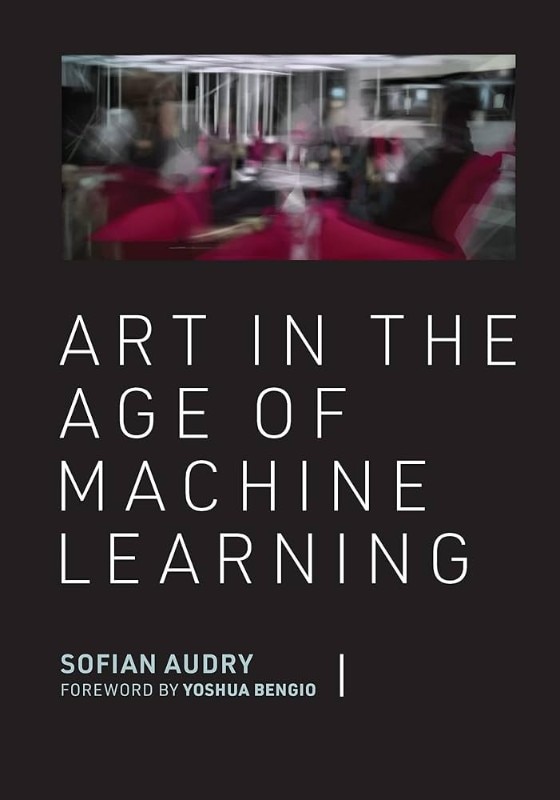
Already a classic, Art in the Age of Machine Learning by artist and professor Sofian Audry (UQAM, Montreal) is a foundational book for understanding the profound transformations that artificial intelligence is bringing to aesthetics, technology, and culture. Through a path that weaves together artistic practices, computational tools, and theoretical reflections, Audry explores the creative potential of generative non-human agents, showing how their behavior opens up new frontiers for both experimentation and critique.
According to Audry, we live in a time when algorithms no longer operate through formal logic and fixed rules, but behave instead as reticular, adaptive, and distributed entities – biologically inspired and governed by probabilistic processes. To engage with this new condition, we must move beyond traditional computational paradigms and develop tools capable of grasping the emergent and often opaque properties of these systems.
This is where art comes into play. Far from the solutionist finalism of scientific research, artistic experimentation becomes a crucial tool for interrogating not only the aesthetic, but also the cultural implications of so-called “intelligent” technologies. As Audry explains, the processual approach typical of artists allows us to explore what slips through the cracks of verification and efficiency, opening a critical – and even heretical – space that is more necessary now than ever. A lucid, incisive essay that offers a precious map for navigating the increasingly blurred boundary between the human and the artificial.
Fred Ritchin, The Synthetic Eye, Photography Transformed in the Age of AI, Thames & Hudson, 2025

In The Synthetic Eye, Fred Ritchin – one of the most incisive theorists of the relationship between photography and technology – offers an urgent and clarifying reflection on the fate of the photographic image in the age of artificial intelligence. The book explores how algorithmic image synthesis is not only transforming how photographs are made, but also redefining their cultural, social, and political functions.
Following the digital revolution, Ritchin identifies AI as a new critical threshold – a turning point that calls into question photography’s role as testimony, document, and witness to reality. But The Synthetic Eye is no nostalgic lament. Rather, it is a guide to exploring the new possibilities opened up by AI. Ritchin invites photographers and visual artists to radically reinvent the medium, just as painters once did in the wake of photography’s invention in the 19th century.
The book includes a richly illustrated portfolio of images generated by tools such as DALL-E, DreamStudio, and others. It also introduces a significant theoretical proposal: the idea of the “Four Corners.” According to Ritchin, every image published online should include access to its production context, author, sources, and related visuals. A bold and timely call to restore transparency and accountability to our increasingly synthetic visual culture.
Hito Steyerl, Medium Hot. Images in the Age of Heat, Verso, 2025
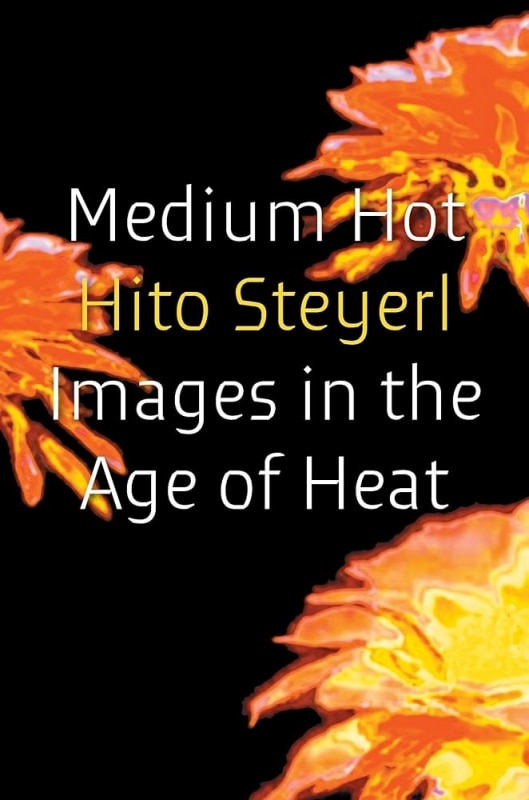
Just released, Medium Hot is the long-anticipated new book from Hito Steyerl – artist, theorist, and leading voice on the politics of images. This fierce and urgent collection tackles the image economy at the crossroads of AI and climate collapse. With her trademark clarity and bite, Steyerl dissects everything from algorithmic image generation and large language models to the material infrastructures of the digital image-factory. She asks not just how images are made, but for whom – and at what cost. Can art be generated for machines, not just by them?
Artist Trevor Paglen calls it “a Dante-esque journey through the roaring inferno of twenty-first-century visual culture” – a dive into the incandescent depths of an iconographic landscape in rapid transformation. But it is also a radical critical stance: a pointed reminder that images are never harmless. The book doesn’t just diagnose the present – it redefines art in the era where ecology, labor, and technology collide. A must-read.
Agnieszka Kurant, Collective Intelligence, Sternberg Press, 2025
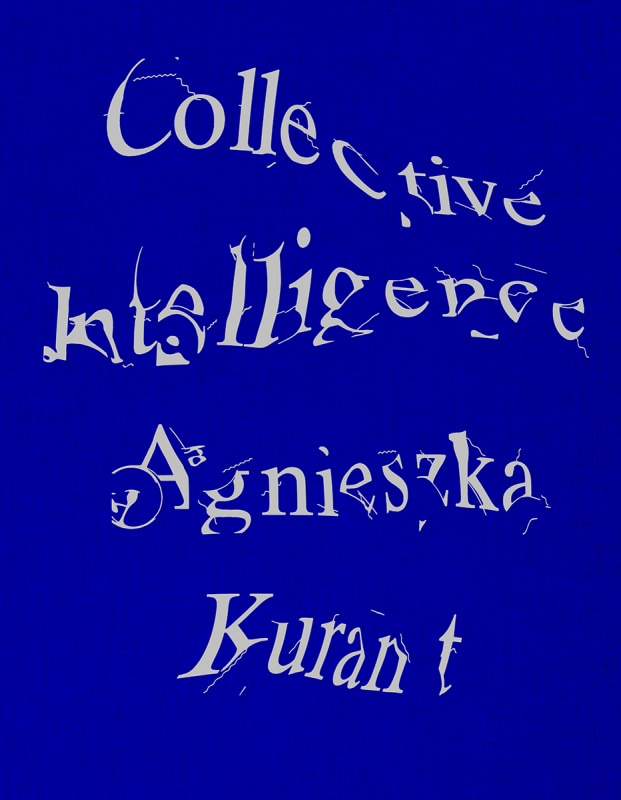
This dense, richly illustrated volume offers a comprehensive overview of the work of Agnieszka Kurant, the Polish conceptual artist who has, over the past decade, developed a singular and deeply interdisciplinary practice. The title, Collective Intelligence, echoes the pioneering theories formulated in the 1990s by Pierre Lévy (collective intelligence) and Derrick de Kerckhove (connective intelligence) at the height of the digital revolution. But for Kurant, collective intelligence is not limited to networks of human agents. It is an expanded field that includes microbial, artificial, and animal intelligences, investigating their emergent forms of creativity and how they are exploited within the machinery of surveillance capitalism.
Co-edited by Stefanie Hessler, Jenny Jaskey, and Kurant herself, the book takes the form of a layered atlas in which theoretical texts and visual documentation coexist in a dense, kaleidoscopic mix of images and ideas. The Phenomena section – encyclopedic in scope – runs through the entire book, functioning as a conceptual device that positions artificial intelligence within the broader landscape of collective intelligence. This intelligence, the book suggests, can be observed in slime molds, termite colonies, social movements, cities, the internet, and even within our own neural networks.
With contributions from leading thinkers such as Rosi Braidotti, Graham Harman, Jussi Parikka, and Franco “Bifo” Berardi, the volume offers a wealth of cross-disciplinary insight. More than a monograph, Collective Intelligence is a conceptual laboratory that interrogates the contemporary conditions under which meaning, value, and knowledge are produced.
Trevor Paglen, Adversarially Evolved Hallucinations, a cura di Anthony Downey, Sternberg Press, 2024
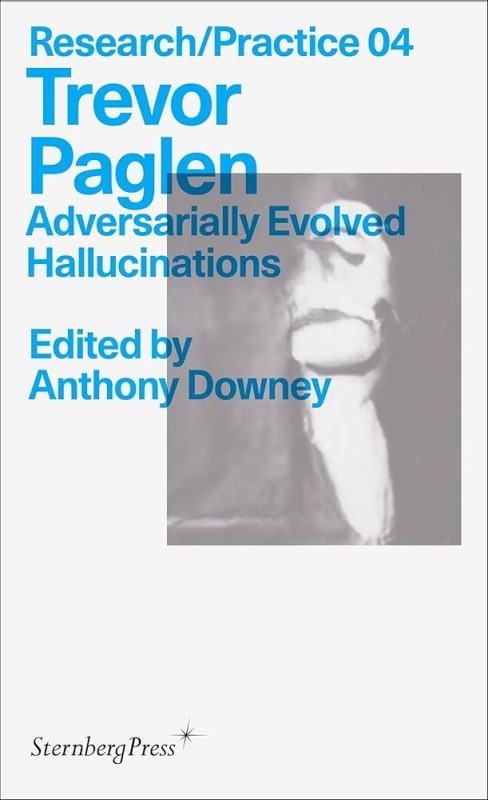
Edited by Anthony Downey, this volume opens a rare window into the conceptual and operational world of Trevor Paglen – one of the most uncompromising artists questioning the very foundations of artificial intelligence. Renowned for his installations on mass surveillance, data extraction, and the concealment of power, Paglen engages AI not simply as a tool, but as a system capable of radically reconfiguring how we perceive the world. Packed with dizzying imagery, the book demonstrates how automated vision is anything but neutral – prone instead to hallucinatory drift and deep distortion. AI-generated images may appear to reflect reality, but in truth they expose the structural misreadings embedded in classification systems.
The titular series, Adversarially Evolved Hallucinations, gives visual form to a kind of machinic automatism – a surrealist art of the algorithm, where misclassifications and perceptual glitches become raw material for critical aesthetics. Through a kind of “reverse engineering,” Paglen traces visual results back to the opaque logics that shape them, interrogating the very conditions of vision and knowledge in an increasingly automated present. This is an indispensable book for grasping how AI doesn’t just observe the world – it actively contributes to constructing its ever more warped and hallucinatory contours.
Kate Crawford, Atlas of AI: Power, Politics, and the Planetary Costs of Artificial Intelligence, Yale University Press, 2021
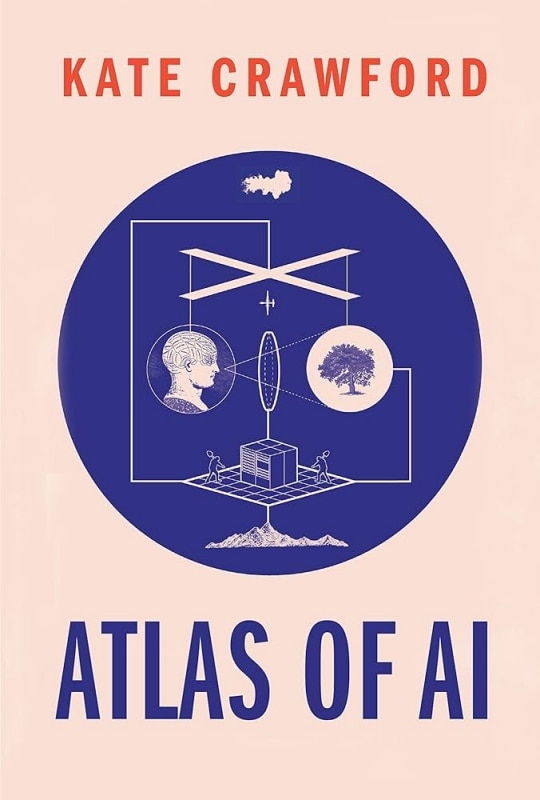
Over the past few years, Kate Crawford has emerged as one of the leading voices in the critical debate around artificial intelligence. Her large-scale visual investigations – developed with Vladan Joler – such as Anatomy of an AI System and Calculating Empires: A Genealogy of Technology and Power Since 1500 (which earned them the Silver Lion at the Venice Biennale), translate the complex intersections of technology, aesthetics, and power into visual form.
Her book Atlas of AI continues in that direction: a rigorous, unflinching investigation into the hidden folds of the AI industry. From lithium and cobalt mines to data centers, from invisible clickwork labor to the training datasets feeding neural networks, the book lays bare the material and human cost of what is often marketed as seamless automation. The portrait that emerges is unsettling but necessary: AI as a machine of extraction, a tool for the centralization of power, serving the logic of a new post-democratic form of governance. Fierce and beautifully written, Atlas of AI reads like a novel and makes you think like a philosophy essay.
Valentina Tanni, Conversazioni con la macchina. Il dialogo dell’arte con le intelligenze artificiali, Tlon, 2025

At a time when public discourse on AI is becoming increasingly polarized, this slim and timely volume offers a much-needed shift in perspective – historical, relational, and refreshingly open-ended. Valentina Tanni – art historian and author of the dazzling Memestetica (Nero, 2020) – draws on the spirit of the 1950s and ‘60s, when machines were conceived as collaborators rather than adversaries. With her trademark wit and clarity, she constructs a repertoire of metaphors that invite us to rethink the relationship between humans and intelligent technologies.
Far from techno-determinism or blind optimism, the essay treats art as a critical space to test forms of sensitive cohabitation with machines – resisting the idea of an all-knowing, opaque, and omnipotent AI. It is a measured yet incisive reflection that calls for a renewed attitude of dialogue – curious, critical, and vigilant.
Matteo Pasquinelli, The Eye of the Master: A Social History of Artificial Intelligence, Verso, 2023
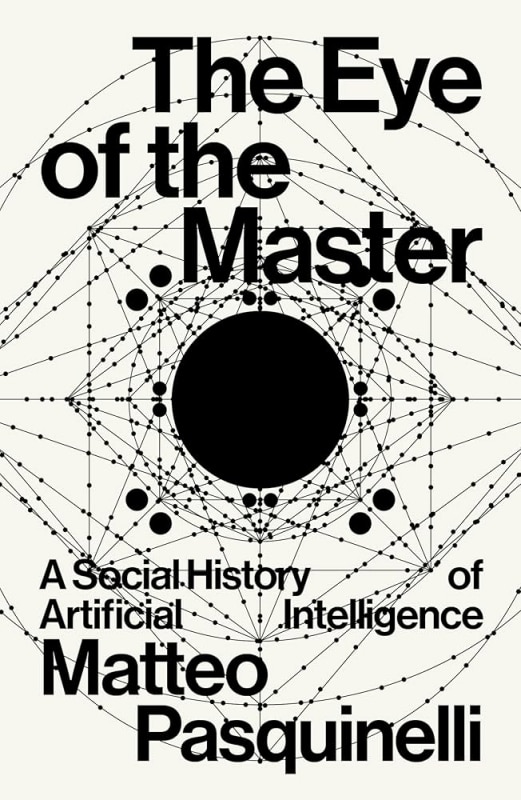
In The Eye of the Master, science philosopher Matteo Pasquinelli (Ca’ Foscari University, Venice) offers a brilliant counter-narrative to the dominant history of artificial intelligence. Contrary to the notion that AI was born from attempts to replicate the human brain or mind, Pasquinelli traces its real lineage through the rationalization of labor – from Charles Babbage’s industrial mechanics to today’s algorithmic logistics. Recently translated into multiple languages (including the Italian edition Nell’occhio dell’algoritmo, Carocci, 2025), the book is dense, ambitious, and driven by a fierce critical perspective. Pasquinelli argues that AI does not automate “intelligence” itself, but rather the social and productive relations that structure it.
He reconstructs the deep entanglements of mathematics, cognitive statistics, and command engineering, showing how ostensibly neutral concepts – like IQ or the mythic Perceptron – have historically helped naturalize hierarchies and reinforce systems of discrimination. What he ultimately calls for is a new political literacy of AI – one that can confront its ideological undercurrents. In the platform economy, Pasquinelli provocatively notes, it is not workers being replaced by machines – but managers. An essential essay for anyone who wants to understand automation not as science fiction, but as a power system.
Anthony Masure, Artificial Design: Creation Versus Machine Learning, HEAD – Publishing, coll. “Manifestes,” 2023
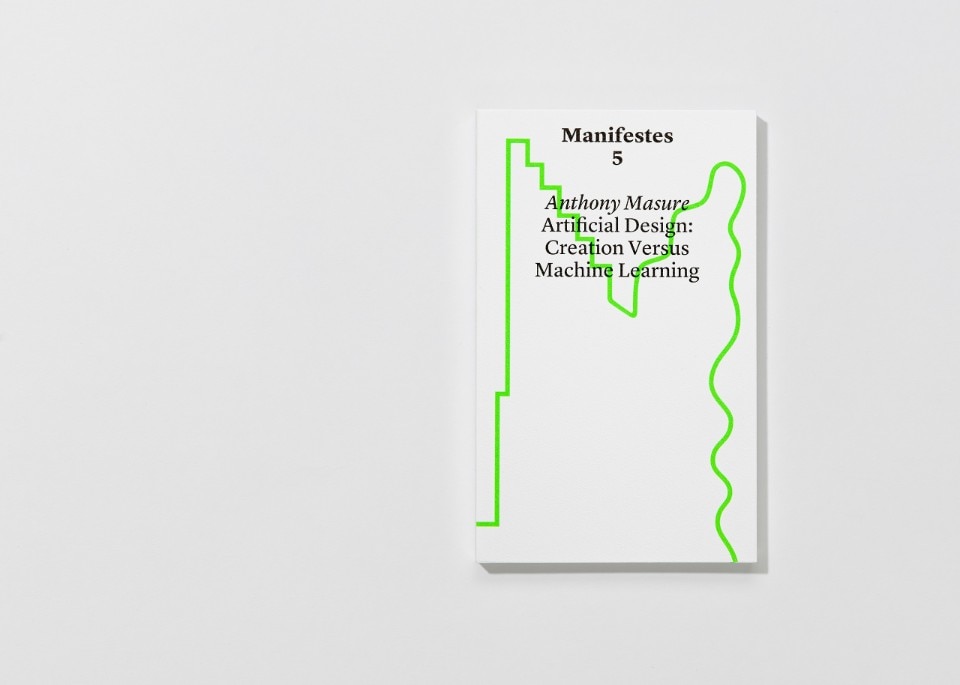
Everyone’s talking about the design revolution brought about by AI – but few are describing it as clearly and precisely as Anthony Masure does in this compact, sharp, manifesto-style essay. A design theorist and blockchain specialist, Masure steers clear of both techno-utopias and apocalyptic fears. Instead, he critically engages with the actual and potential impacts of machine learning on design – not just as a set of practices, but as a form of situated, cultural, and political thought.
Rather than focusing on the spectacular outcomes of generative models, Masure zeroes in on how these systems – often trained on opaque, standardized datasets – tend to reproduce existing visual structures rather than create true alternatives. In doing so, he shifts the conversation: from what these machines produce, to how they reshape the parameters of design, our ideas of creativity, and the regimes of visibility.
The essay unfolds along five interrelated lines of inquiry: revealing the mechanisms of standardization; taking responsibility for the simplifications imposed by systems; playing at the edges of prediction; translating cultural codes; and inventing new collaborative models. Ultimately, Masure invites us to move from artificial intelligence to what he calls “an intelligence of the artificial” – a shift that, in his words, “requires abandoning the servile, schematic simulation of human psychology to make room for the otherness and roughness of machines.”
The World Through AI Exploring Latent Spaces, a cura di Antonio Somaini, JBE, 2025.
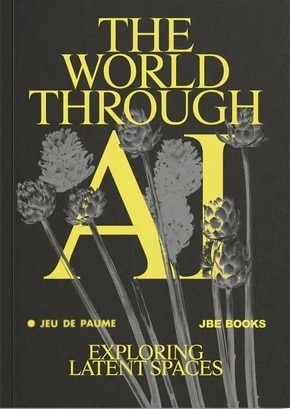
Created to accompany the exhibition of the same name at the Jeu de Paume in Paris, The World Through AI is more than just a catalog – it’s a manifesto, a critical map of the new imaginary taking shape through artificial intelligence. As curator Antonio Somaini puts it, it’s within the so-called “latent spaces” – those invisible mathematical depths where machines learn to generate images, sounds, language, and meaning – that a new dimension of perception and knowledge is emerging. Spaces where machines not only translate, speak, and write, but above all, learn to see. And to build worlds. The book zeroes in on this dizzying shift, showing how AI is no longer just a tool, but a new interlocutor of human sensitivity – one capable of radically rethinking how we create.
Through essays and visual explorations of works by some of the most important artists working today – Kate Crawford & Vladan Joler, Hito Steyerl, Trevor Paglen, Agnieszka Kurant, Fabien Giraud, and Christian Marclay – the book forms a conceptual and visual atlas that reexamines the evolving relationship between humans and machines, imagination and computation, vision and opacity.
It’s a vital book for anyone seeking to understand not only how machines see the world, but how – through their vision – we’re being called to reexamine our own.


